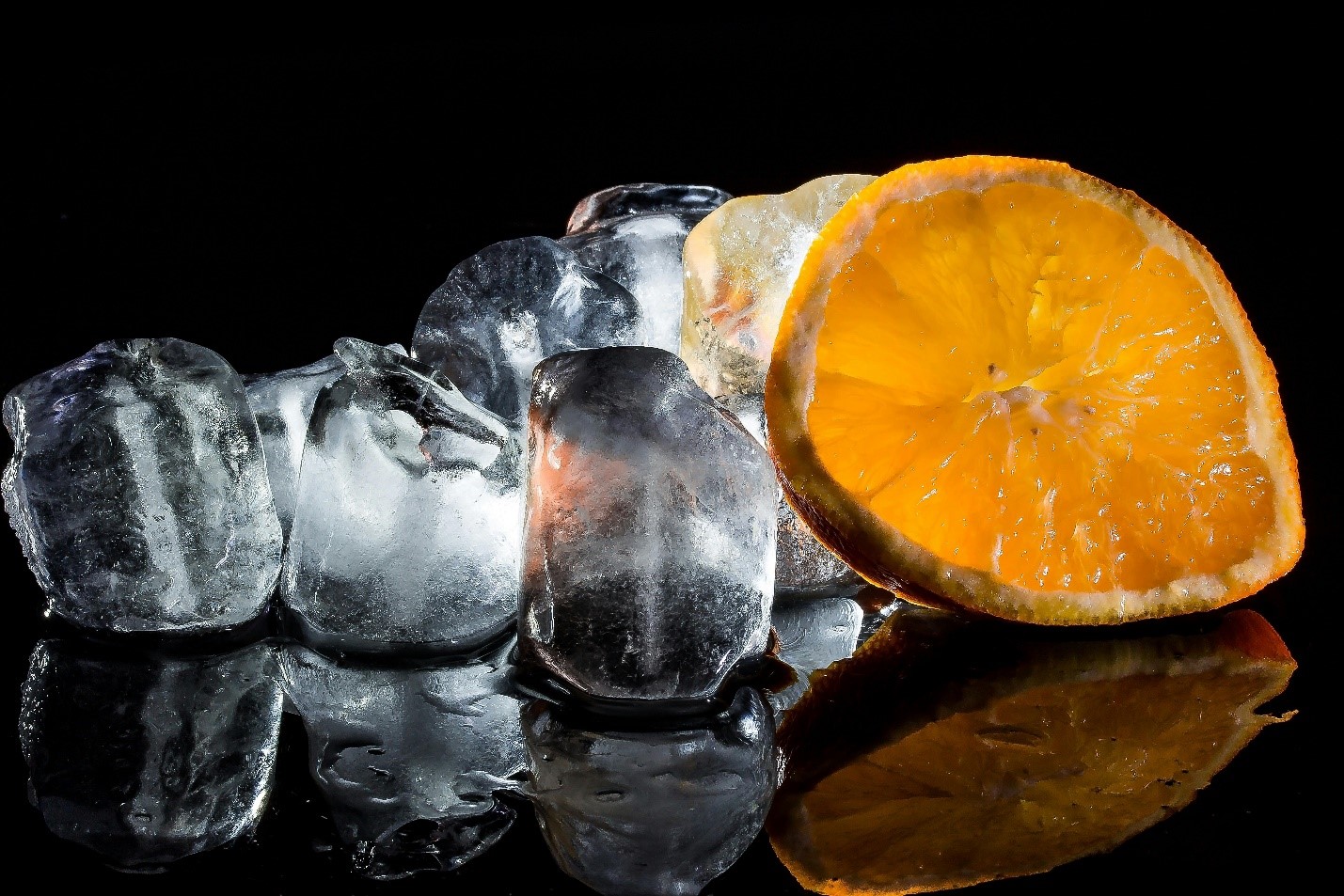From Flakes to Cubes: Understanding the Types of Commercial Ice Makers

When it comes to commercial ventures, it’s not exactly a secret that things can get pretty complicated. No matter what type of business or commercial aspect you’re worried about, there’s a pretty good chance you could require an ice machine at one point or another. You see, while we tend to only think about them in the context of restaurants, there are plenty of other applications.
If you’d like to learn more about the types of commercial ice machines that are out there, make sure to stick around! You can also click here to get a bit more background information if you’re curious about anything we may not touch upon here.
What are Commercial Ice Makers?
To start, let’s explore a basic definition of these machines. Simply put, commercial ice makers are designed to produce large quantities of ice quickly and efficiently, making them a staple in many industries, including restaurants, bars, hospitals, and more. Before we delve into the different types of them, though, let’s look at some of the features to look for.
Capacity: This is of course one of the first things to consider – you’ll have to determine how much ice you’ll be making on any given day. They come in various capacities, ranging from small units that produce up to 50 pounds of ice per day to large machines that can produce up to 1,000 pounds of ice per day.
Ice Size: Now, this is something we’ll cover in further detail in the next section. For now, just know that these makers can produce ice in various sizes, including cube-shaped, flake-shaped, and pellet-shaped ice.
Freezer Type: Another thing to think about is this. You see, commercial ice makers use either a refrigeration or air-cooled system to freeze the water. Refrigeration systems are typically more expensive but provide better energy efficiency and faster freezing times, so you’ll need to decide what seems more appealing.
Noise Level: Depending on the size of your operation, you may be in a situation where guests or customers could be around the ice makers. They can be noisy, but thankfully there are certain models that are designed with that problem in mind.
Energy Efficiency: Something else to consider is energy efficiency, which is not only good for the environment, but also the bills each month. You can look for commercial ice makers with an Energy Star rating, which indicates that they meet energy efficiency standards set by the U.S. Environmental Protection Agency.
Maintenace: The final aspect we’ll touch upon here is, of course, the maintenance requirements. Most of the time, they require regular maintenance to ensure they continue to function properly. This includes cleaning the machine, checking the water supply, and replacing worn parts.
Types of Ice Shapes and Makers
Now that we’ve covered the background, we can delve into some more of the details. Of course, you can also check out resources like this one: https://www.osti.gov/biblio/10111819 to get an idea of what we’re discussing. With that said, let’s dive in!
Cube Ice Makers
When most folks think about an ice maker, this is what initially comes to mind. In fact, they’re what many of us have in our homes! As you can probably guess, these machines produce cube-shaped ice, which is the most common type of ice used in commercial settings.
Something to think about is that they are available in various sizes, ranging from compact units to large machines that can produce up to 1,000 pounds of ice per day, like we touched upon earlier.

Next comes a favorite of restaurants and bartenders, though they can be utilized anywhere when desired. Beyond that, though, they have quite practical uses as well. You see, these machines produce small, pellet-shaped ice that is often used in medical settings.
Some examples of this are hospitals and dental clinics, where there is a need for ice in many situations. As far as size and production goes, pellet ice makers are compact and can produce up to 100 pounds of ice per day – efficient without taking up too much space.
Flake Ice Makers
These machines produce flake-shaped ice, which is often used in seafood displays, buffets, and laboratories. They are typically smaller than cube ice makers and can produce up to 200 pounds of ice per day, so they can still fill plenty of demand when needed. Unsurprisingly, they’ve become quite popular in the past few decades.
Ice and Water Dispensers
As the name suggests, these are machines that combine an ice maker with a water dispenser, providing a convenient and space-saving solution for businesses. They’re quite helpful in that sense, although they do tend to have a smaller capacity. At the end of the day, you’ll have to decide what option will suit your commercial endeavor best.













.jpg)
.jpg)











